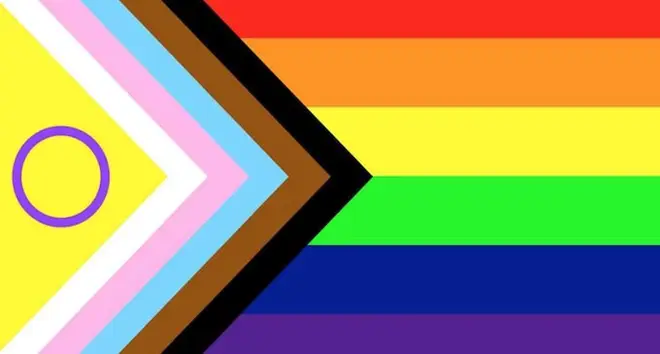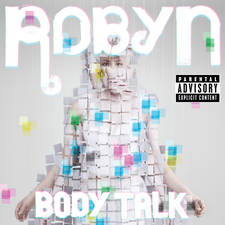Pride flag redesigned to better include intersex people
9 June 2021, 12:31

‘RuPaul’s Drag Race Actively Promotes Discrimination’ | Under The Wig with CHIYO | PopBuzz Meets
The Pride flag redesign incorporates the traditional yellow and purple intersex flag.
The Pride flag has officially been given a more inclusive update to include the intersex community.
Since its creation in 1978 by Gilbert Baker, the Pride flag has undergone numerous revisions to represent the multiple identities within the LGBTQ+ community. In 2018, Daniel Quasar added more stripes to the classic Pride flag to make it more inclusive. Black and Brown stripes have also been added to represent queer people of colour. Now, a new design has been created by DIVA columnist and member of Intersex Equality Rights UK Valentino Vecchietti in support of the intersex community.
The redesign incorporates the traditional intersex flag itself, which features a purple circle on a bright yellow background. The flag was created in July 2013 by Morgan Carpenter of Intersex Human Rights Australia.
READ MORE: 21 celebrities that have come out as non-binary

Valentino hopes the new flag redesign can "empower" the LGBTQ+ community and allies to be more inclusive of intersex people. "I made it as part of Intersex Equality Rights UK’s intersex visibility and inclusion campaign. My redesign brings together Morgan Carpenter’s and (Tony Briffa's) intersex flag design from 2013, and Daniel Quasar’s Pride Progress flag design of 2018," Valentino told GAY TIMES.
"The intersex flag brings me so much joy, as it does for so many in my community, and we need to see it. It was designed in 2013 by Morgan Carpenter of Intersex Human Rights Australia (IHRA)."
What is intersex?
According to Intersex Society of North America, "Intersex is a general term used for a variety of conditions in which a person is born with a reproductive or sexual anatomy that doesn’t seem to fit the typical definitions of female or male. For example, a person might be born appearing to be female on the outside, but having mostly male-typical anatomy on the inside."
Because the definition of intersex isn't concrete and because a lot of people do not find out they're intersex until they hit puberty (and some not at all), it's hard to say how common it is.
However, Intersex Society of North America says: "If you ask experts at medical centers how often a child is born so noticeably atypical in terms of genitalia that a specialist in sex differentiation is called in, the number comes out to about 1 in 1500 to 1 in 2000 births."



